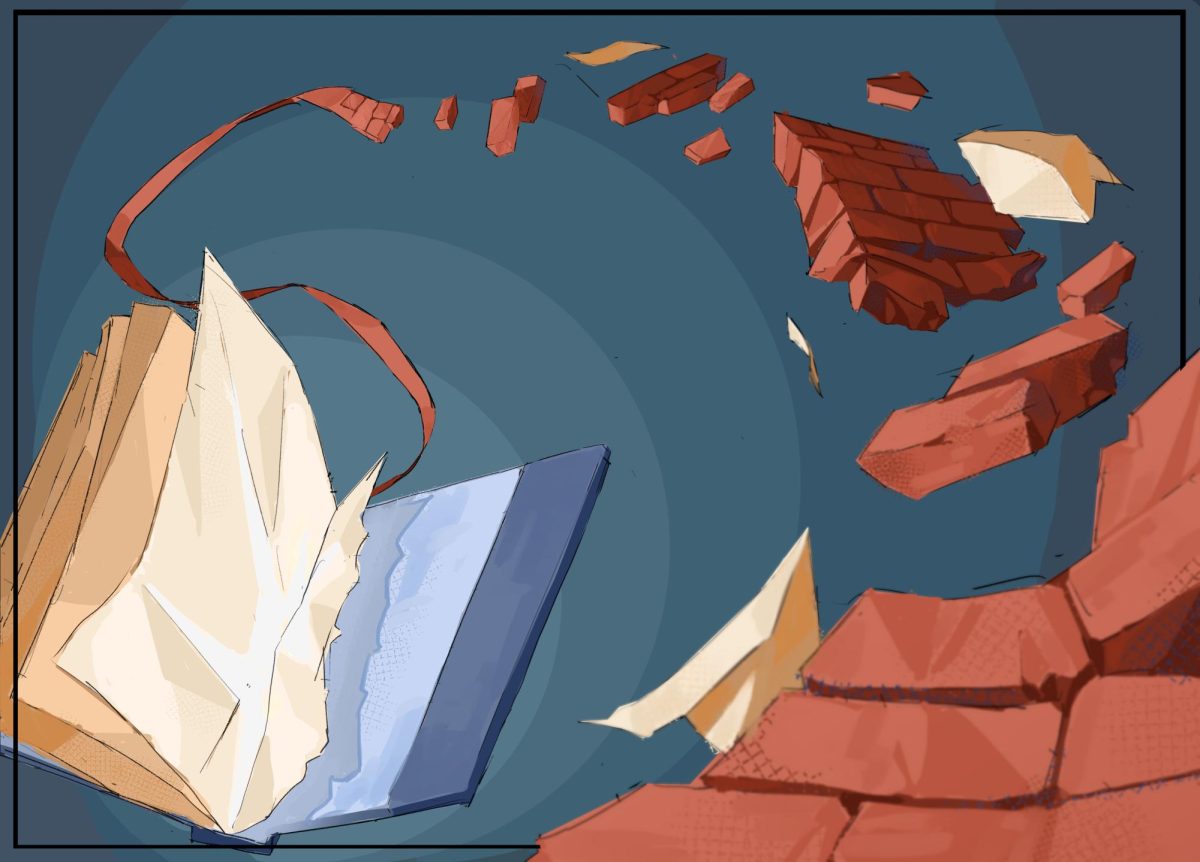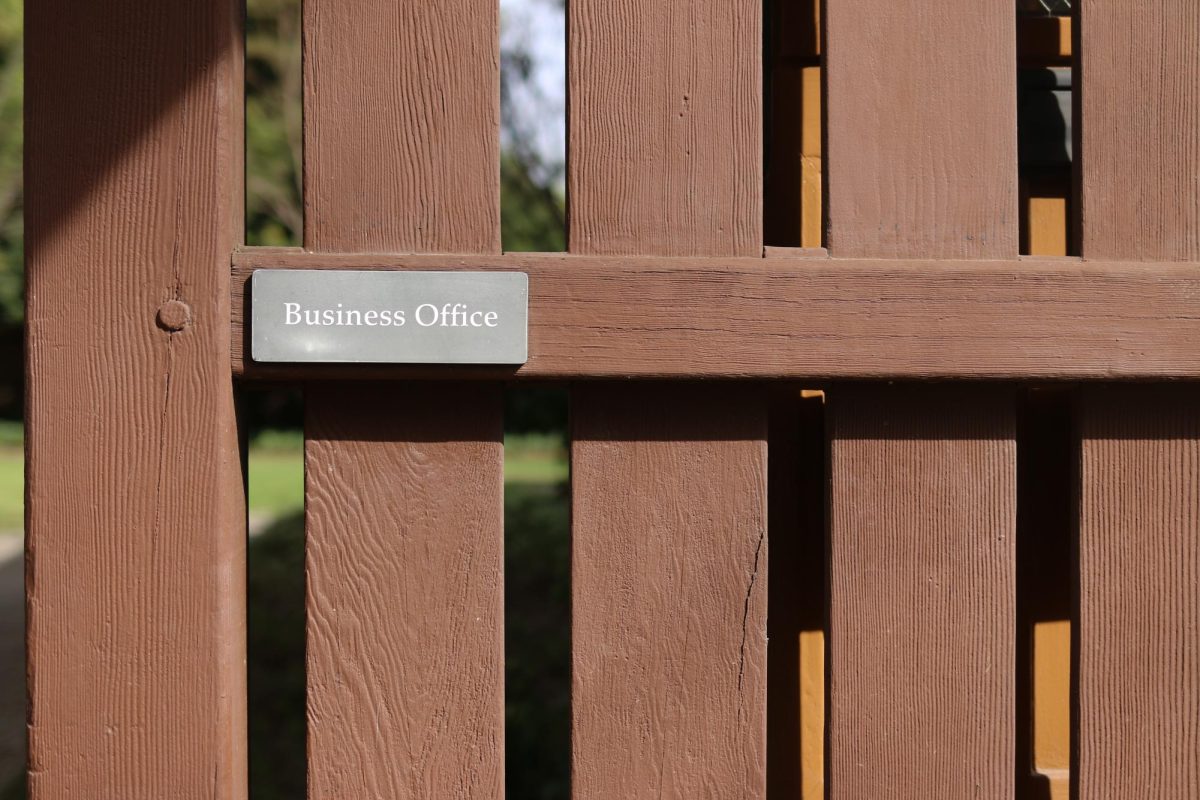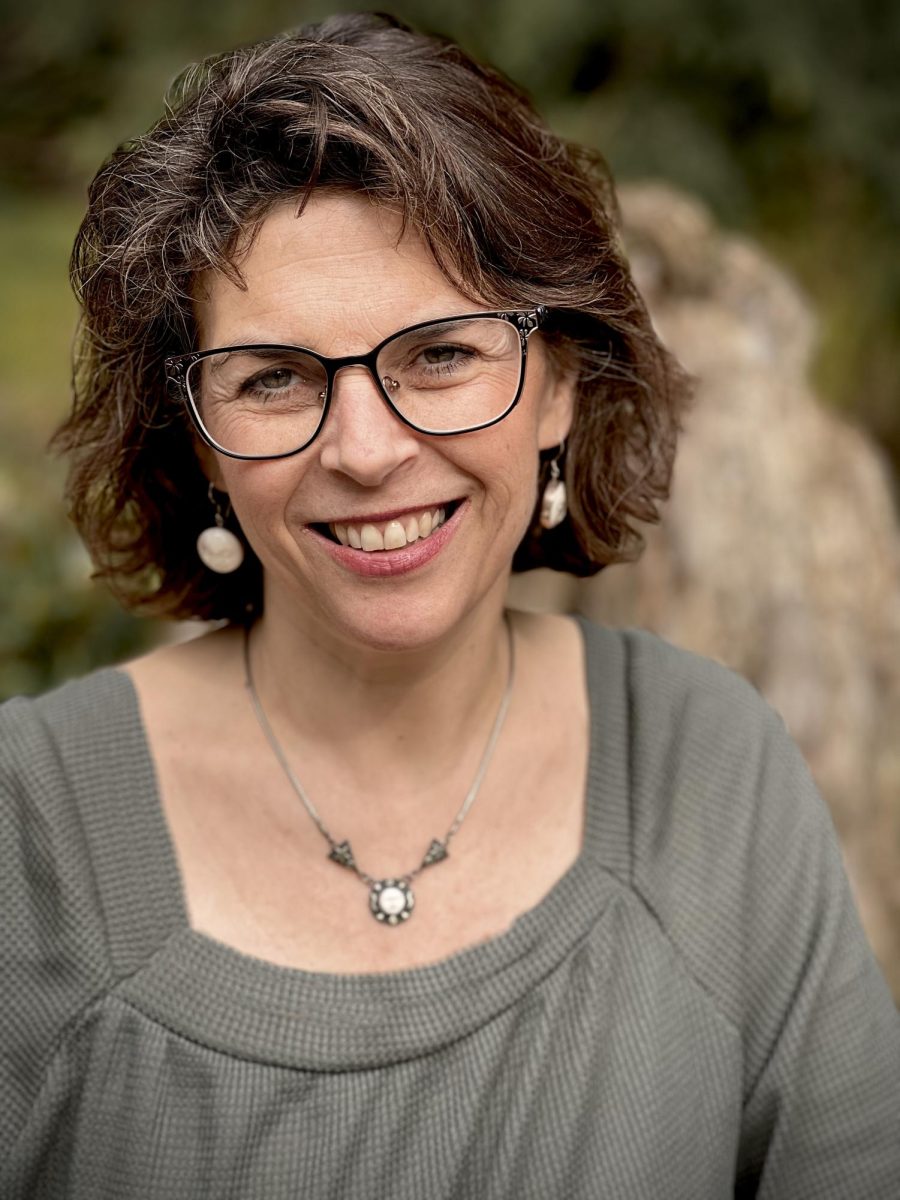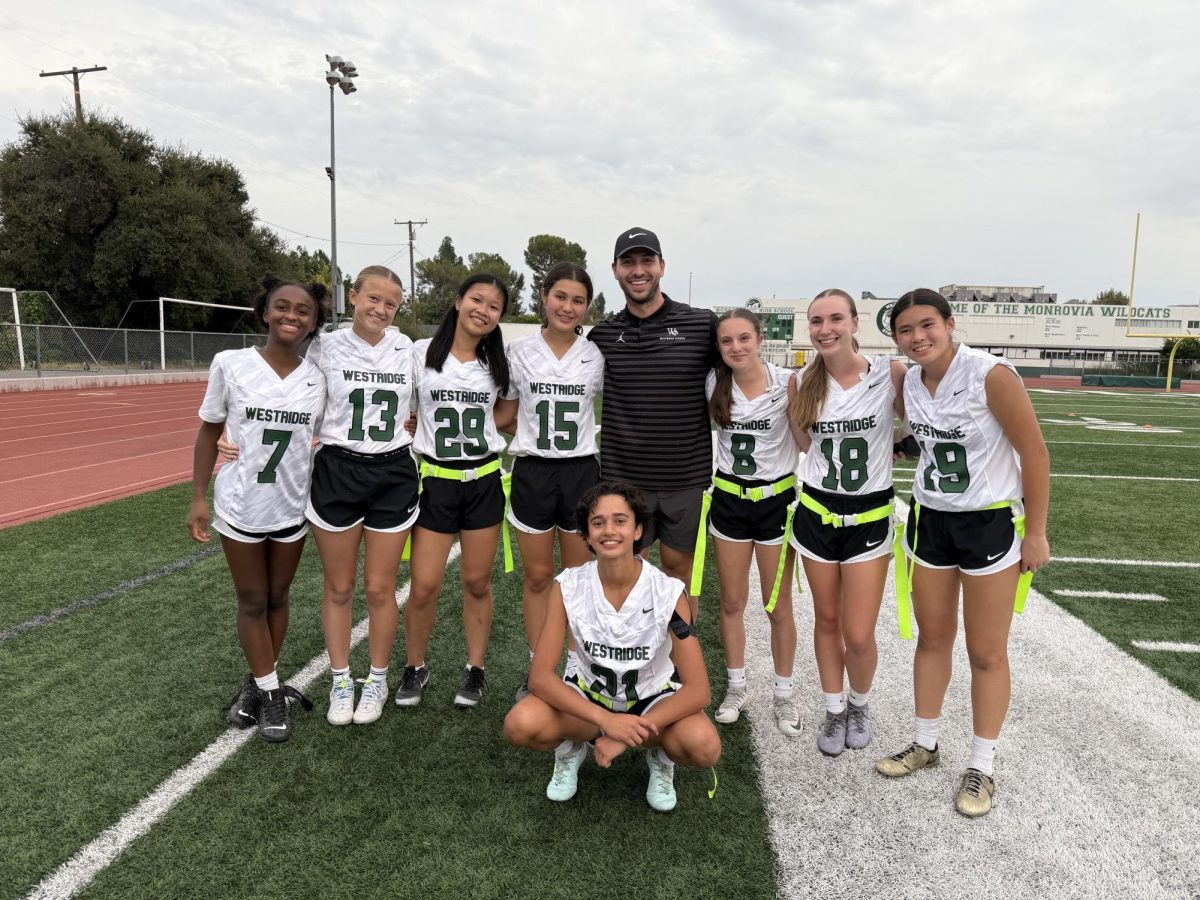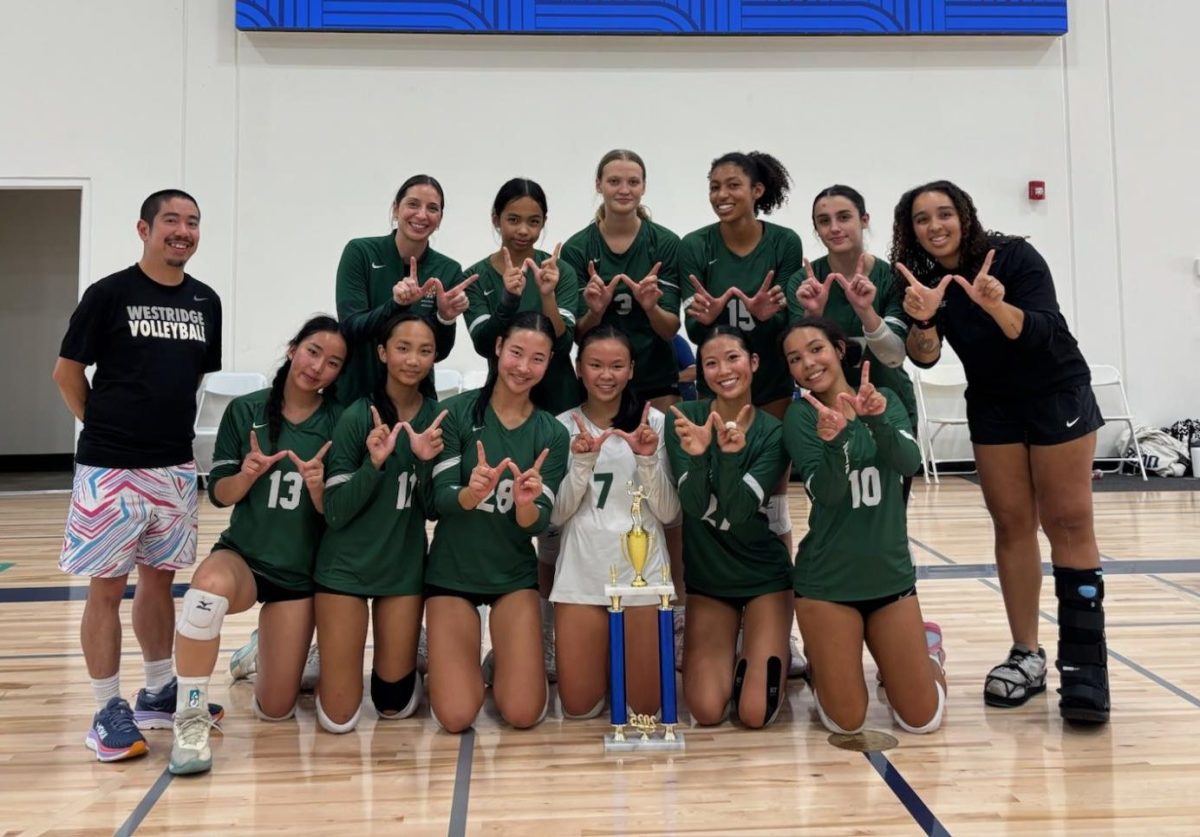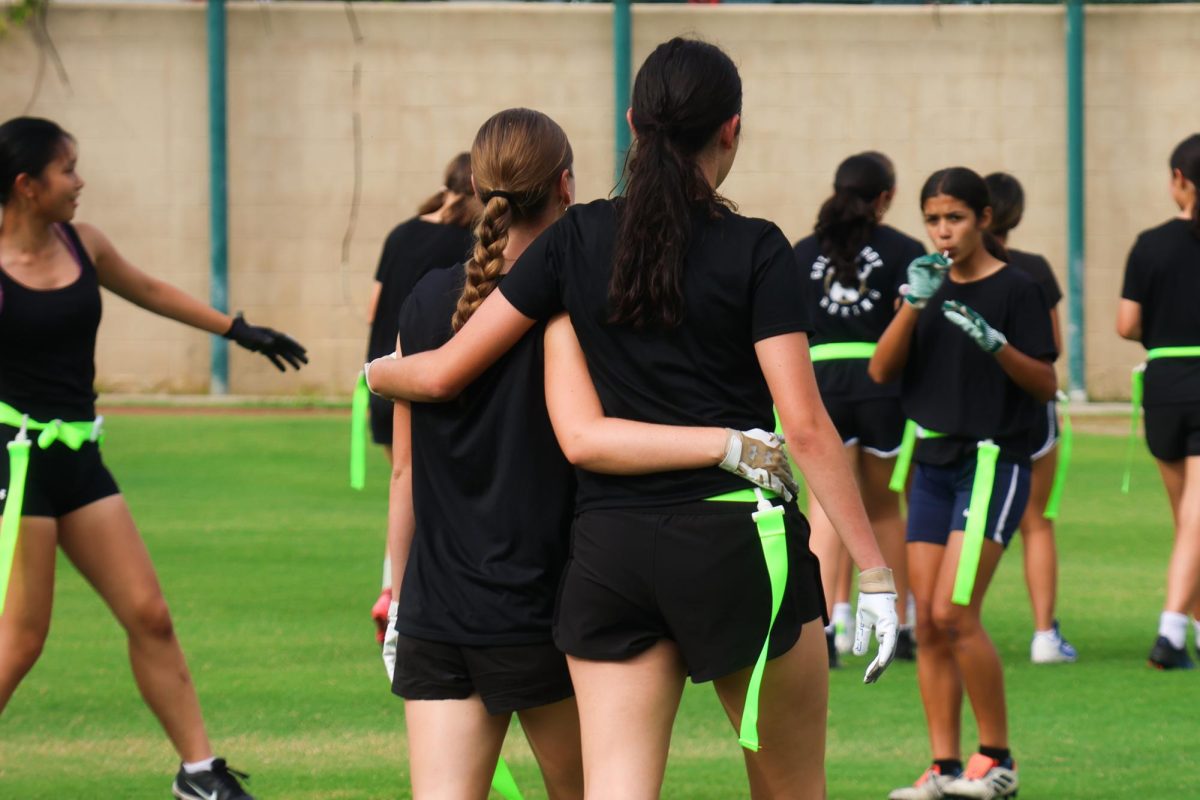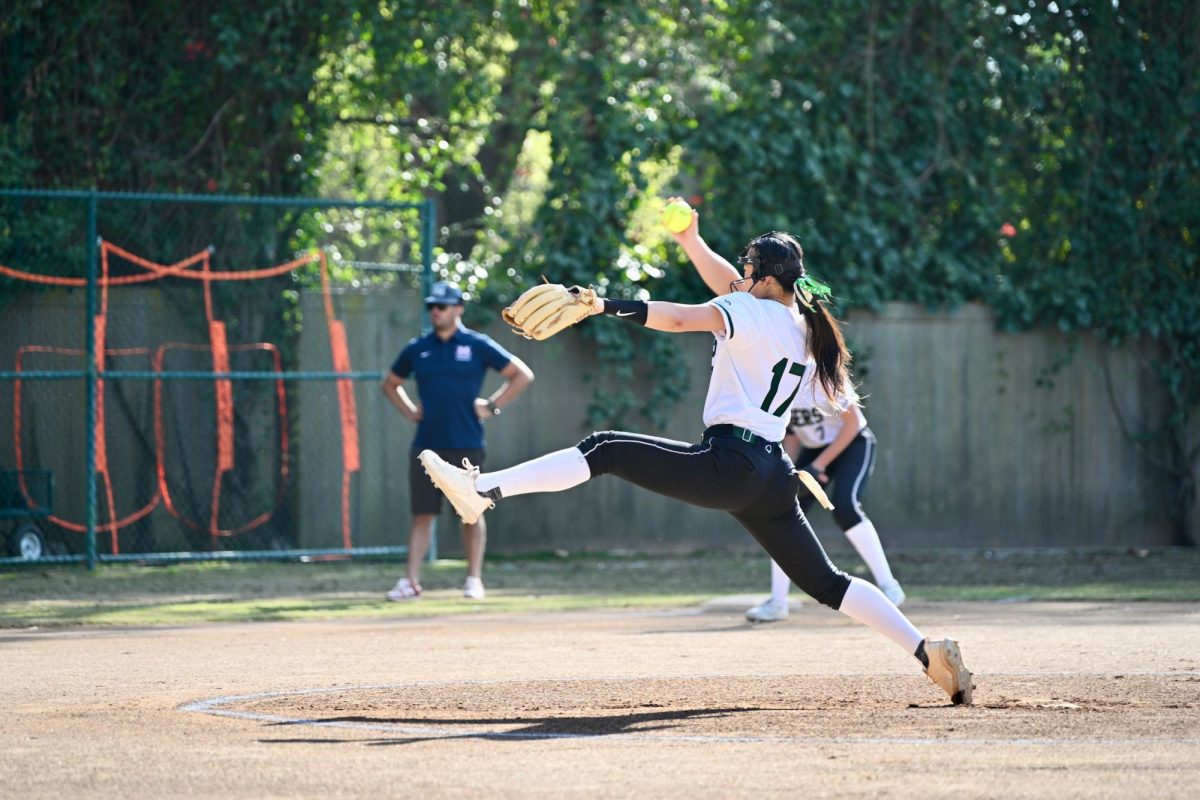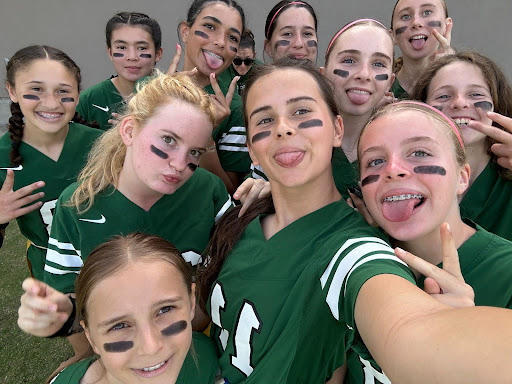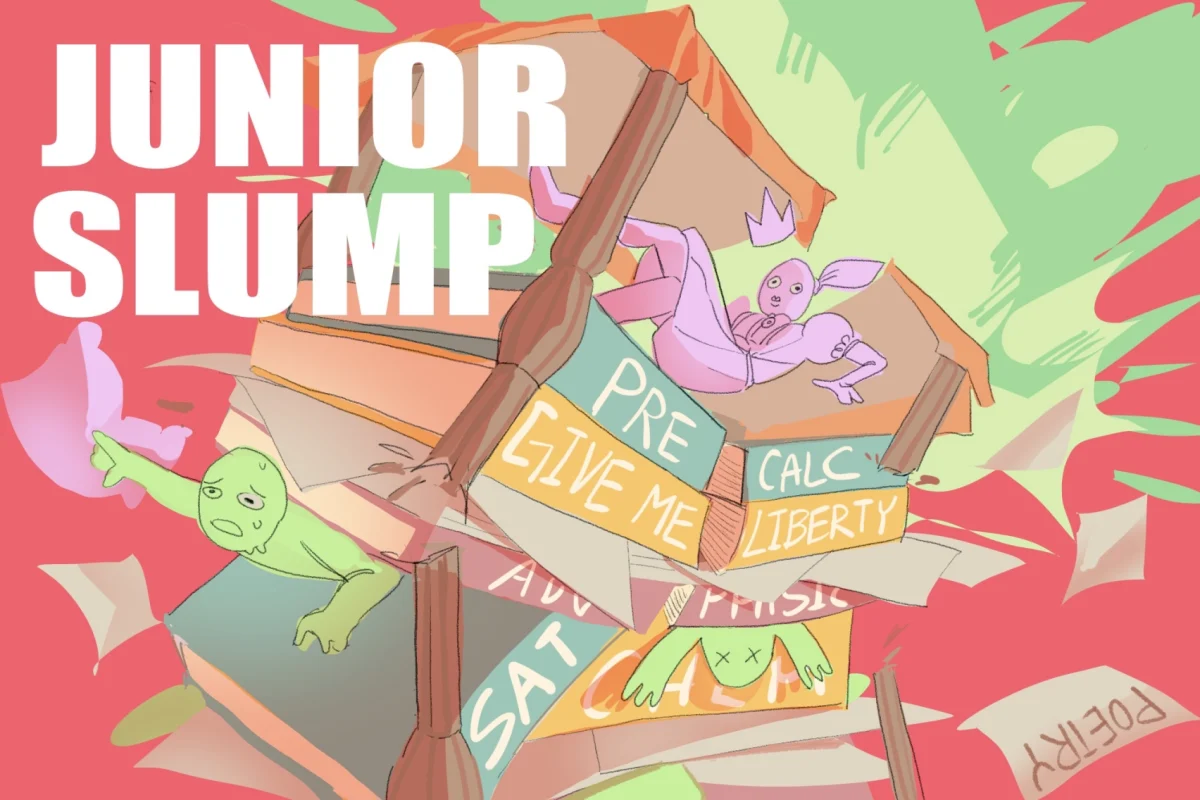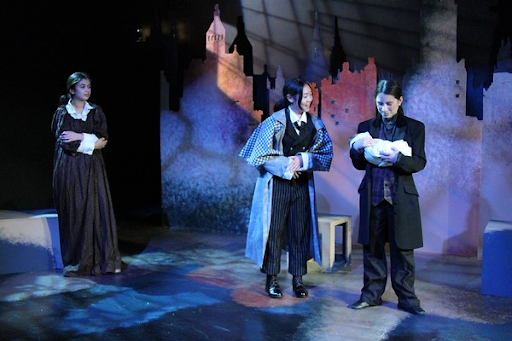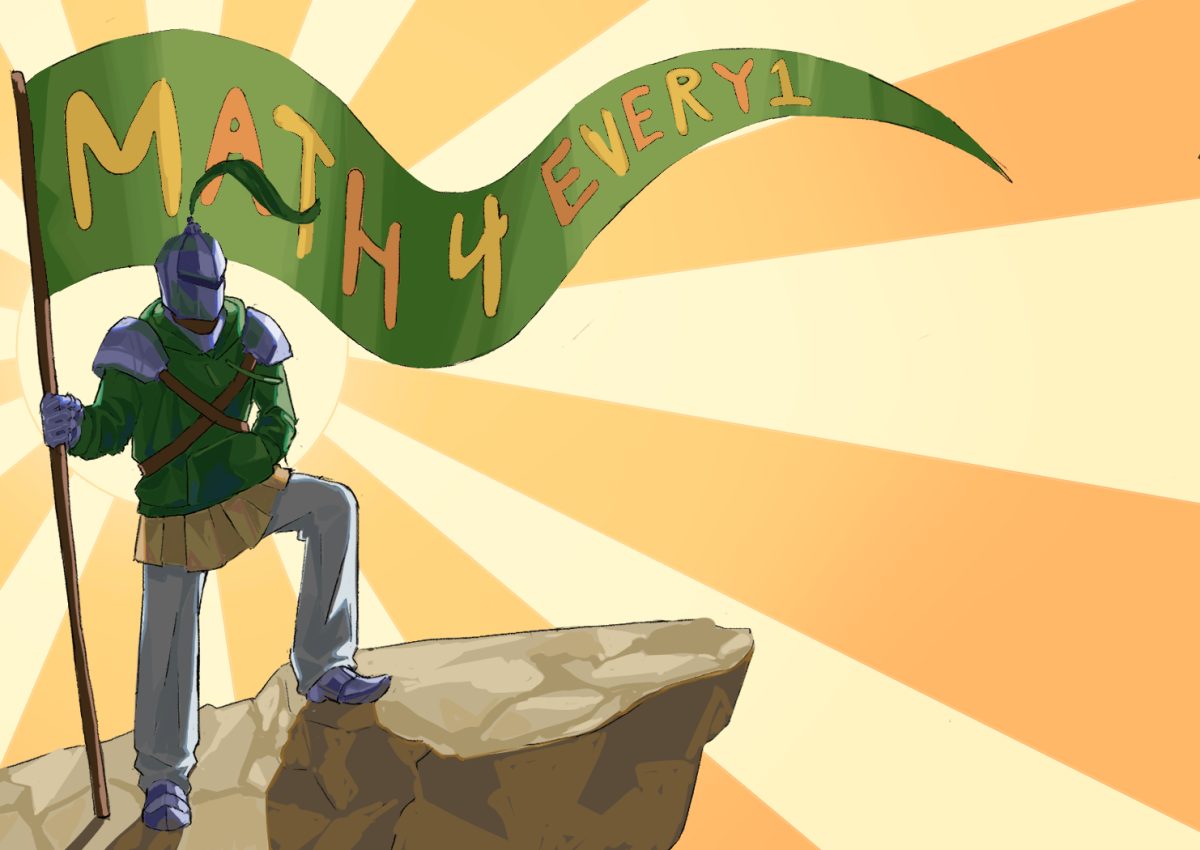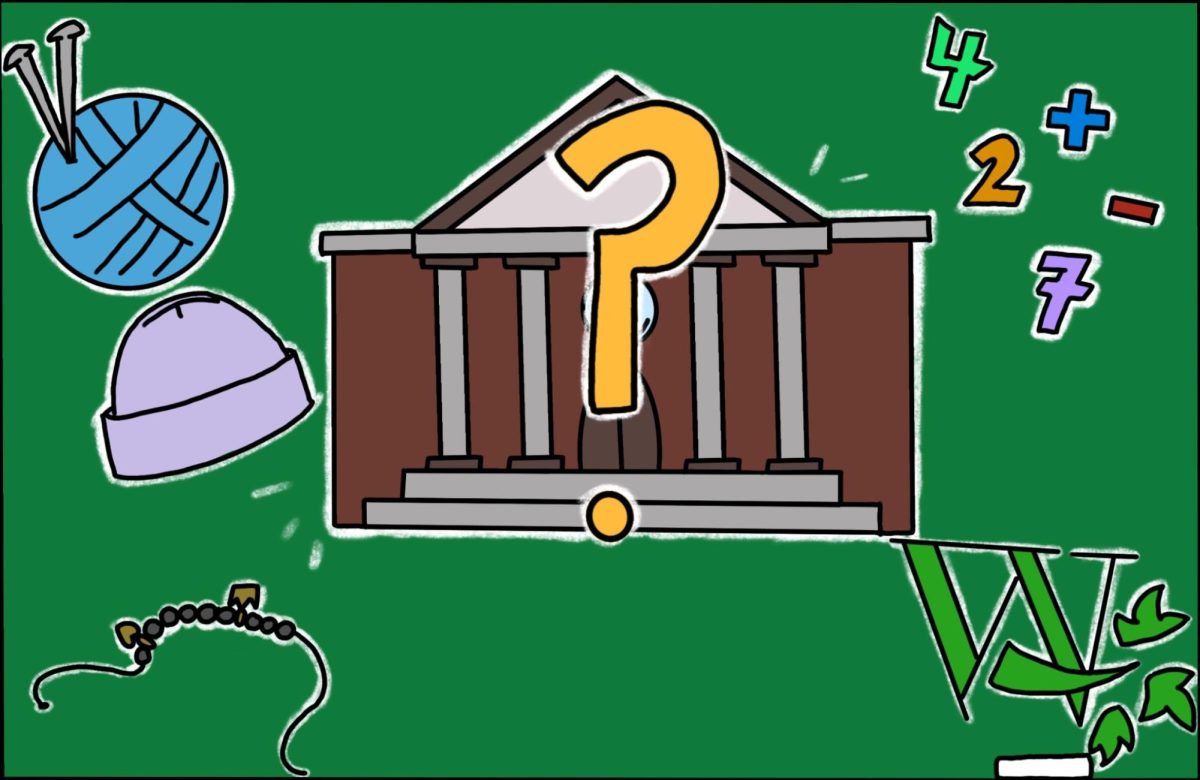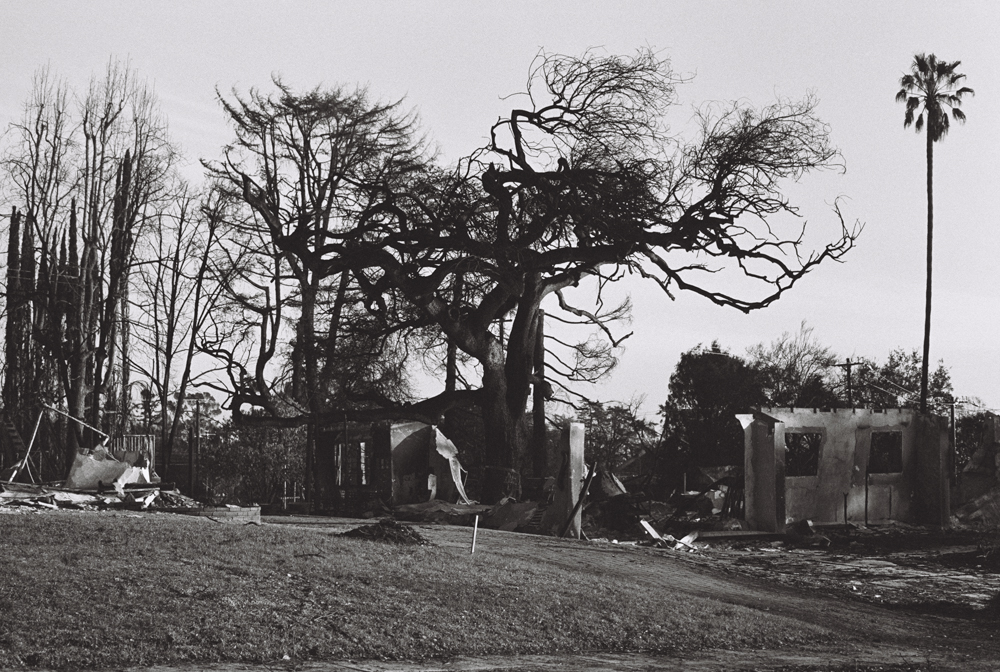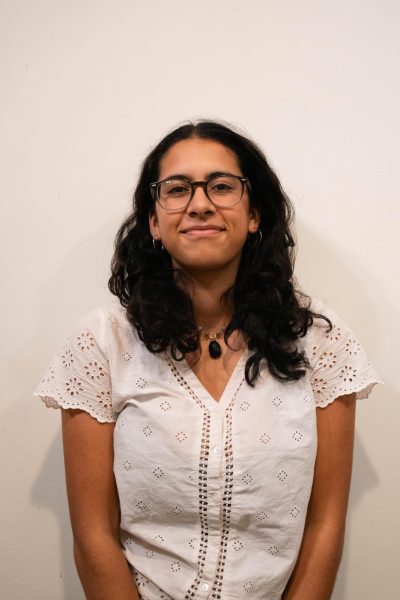Growing up, my parents have empowered me to be financially savvy. My mom, having started her own financial literacy blog, ensures that my sister and I know as much as we can about the topic before college. While it’s normal to talk about compound interest and credit scores at my dinner table, I understand that not everyone has a family who discusses finances, especially as it pertains to women. According to a 2022 study from the Federal Reserve System, women regularly performed lower on financial literacy assessments compared to men, often answering “don’t know.” Additionally, this uncertainty compounded with historically lower pay, manifests in only 30% of women putting money into emergency savings and 20% feeling confident about their financial future.
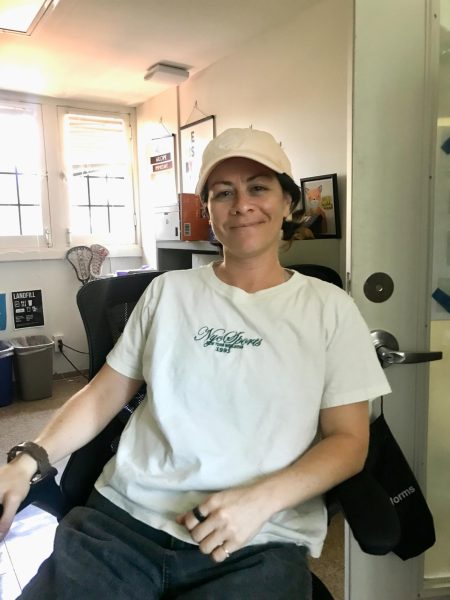
California lawmakers recognize the urgency of this issue and passed a bill requiring high school financial literacy classes starting in the 2027–2028 school year. As an all-girls school preparing women for the future, financial literacy at Westridge remains a critical step in narrowing the gender gap. In 2024, Westridge added financial literacy education in the ninth and tenth grade Human Development (HD) programs to supplement the twelfth grade curriculum. Ms. Emily Mukai, Human Development Coordinator, said, “When I think of HD from an adult perspective, I think of all the things you wished you learned in high school that nobody ever really sat you down and taught you.” For her, finances are first on the list.
Within the program, Ms. Mukai hopes to present a few financial literacy topics, namely compound interest and credit. As students near college and more financial independence, it is important they know about financial responsibility. “If you don’t understand how credit works, you can get yourself into really big trouble,” she said.
Many Upper School students consider financial literacy a valuable addition to the HD curriculum.
“I think it is very useful to learn in a school environment because I felt the stress playing [an online money] game in the [financial literacy] class, so I think that I would feel the same amount of stress, if not even more, in real life,” Ivory P. ’27 said.

Similarly, Sabrina C. ’26 said, “I feel like there’s a lot of stuff in the world, including financial literacy, that I don’t know, that my parents know, and it would be weird if I ask them. So I think learning it in a school environment is good.”
Students like Manon I. ’26 even want to spend more time on the subject. “[Financial literacy] is important for students who are about to become fully fledged adults soon,” she said.
As financial literacy education becomes more popular, administrators have decided to prepare students in earlier grades. This year financial literacy was offered as part of the Middle School FLEX program. Taught by Ms. Sarah Jallo, Assistant Head of School for Strategic Priorities and Enrollment Management, the class is dedicated to covering a variety of financial literacy topics including investment and loans. “Middle school is a good time because they are mature enough and thinking enough about their future. This is just planting seeds to build on in high school,” Ms. Jallo said.
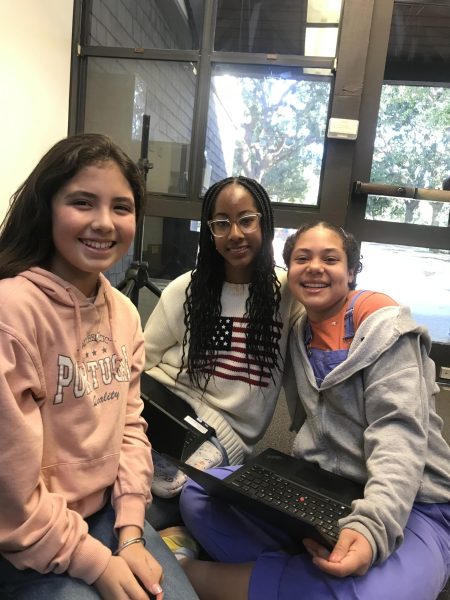
The class is taught through a discussion-centered approach, so students are not learning the majority of the topics through their computer screen. Ms. Jallo acknowledges that students will not remember everything they learned, “but I want them to remember enough that when they are at college and they are figuring things out for themselves for the first time that they know the questions to ask.”
Angelina W. ’30, a student interested in becoming financially literate, connects the subject to her Power of One project, a seventh grade research project presenting the work of an inspirational community member. Angelina’s project centers around homelessness, and she thinks that financial literacy is helpful in overcoming this challenge.
Similarly, Alyssa J. ’30 added, “Since many young people get money as gifts, they should learn how to manage it so that they can keep it longer.”
However, for some, the timing of the topic feels out of context. “I don’t think many of us have a debit card or credit card, and I think seventh grade is a little bit too early for it,” Allison Z. ’30 said. She thinks that more hands-on activities are useful for the seventh grade curriculum, highlighting her fun class experience with a bean sorting activity.
The challenge of keeping students engaged has been a focus for Ms. Jallo and Ms. Mukai. Financial literacy, though incredibly relevant and useful, can be perceived as boring. In both the Middle School and Upper School levels, there are no letter grades attached to the class. Thus, the motivation lies in students’ curiosity and the teachers’ approaches. In the high school curriculum, topics are presented through a variety of ways ranging from watching the financial drama unfold in Ramit Sethi’s How to Get Rich series to playing online credit card simulation games.
Ms. Mukai admits that the “exciting” part of finances might not be mastered yet, but she hopes to incorporate different activities each year.
Already, the new program is off to a strong start, and teachers seek to improve further in the future to support young women in becoming financially confident and competent changemakers. As Ms. Jallo comments, “financial literacy is a huge piece of what it means to be educating women and for our students to feel that they have financial knowledge, financial independence, and security.”

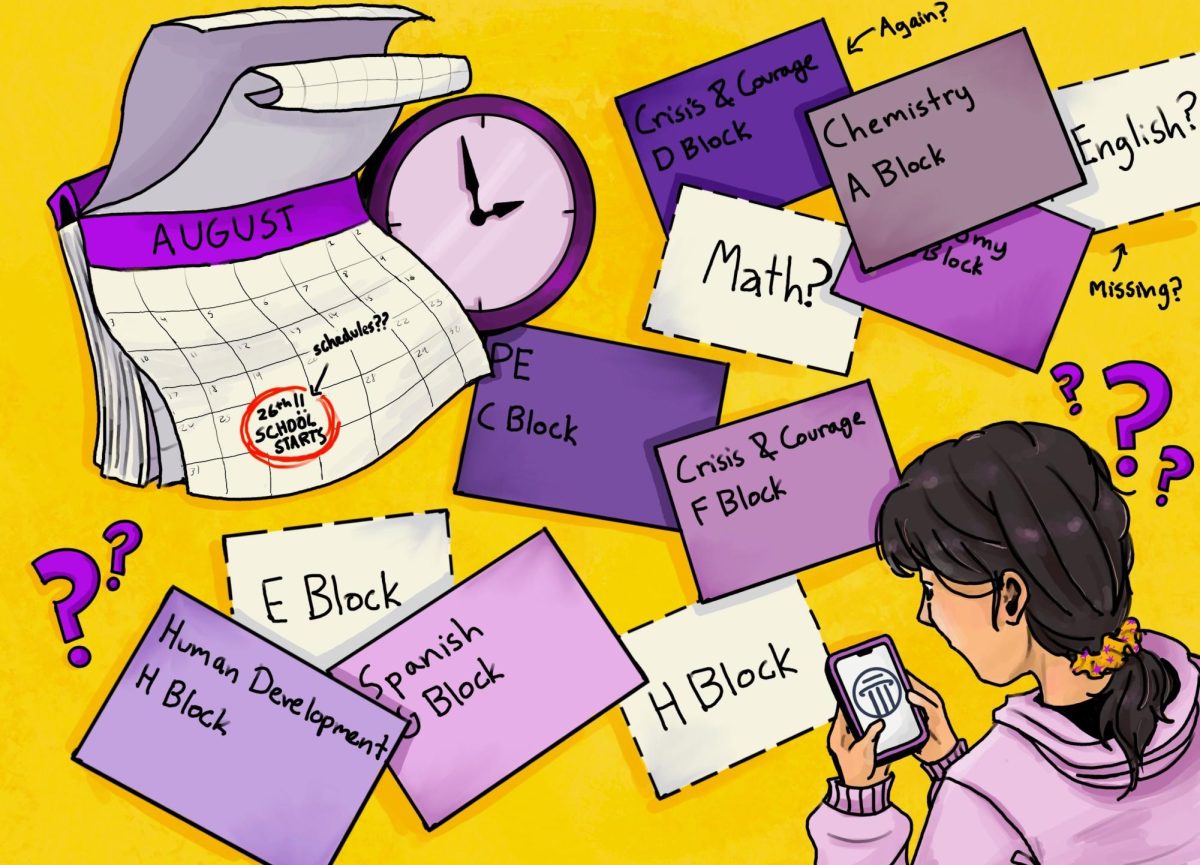
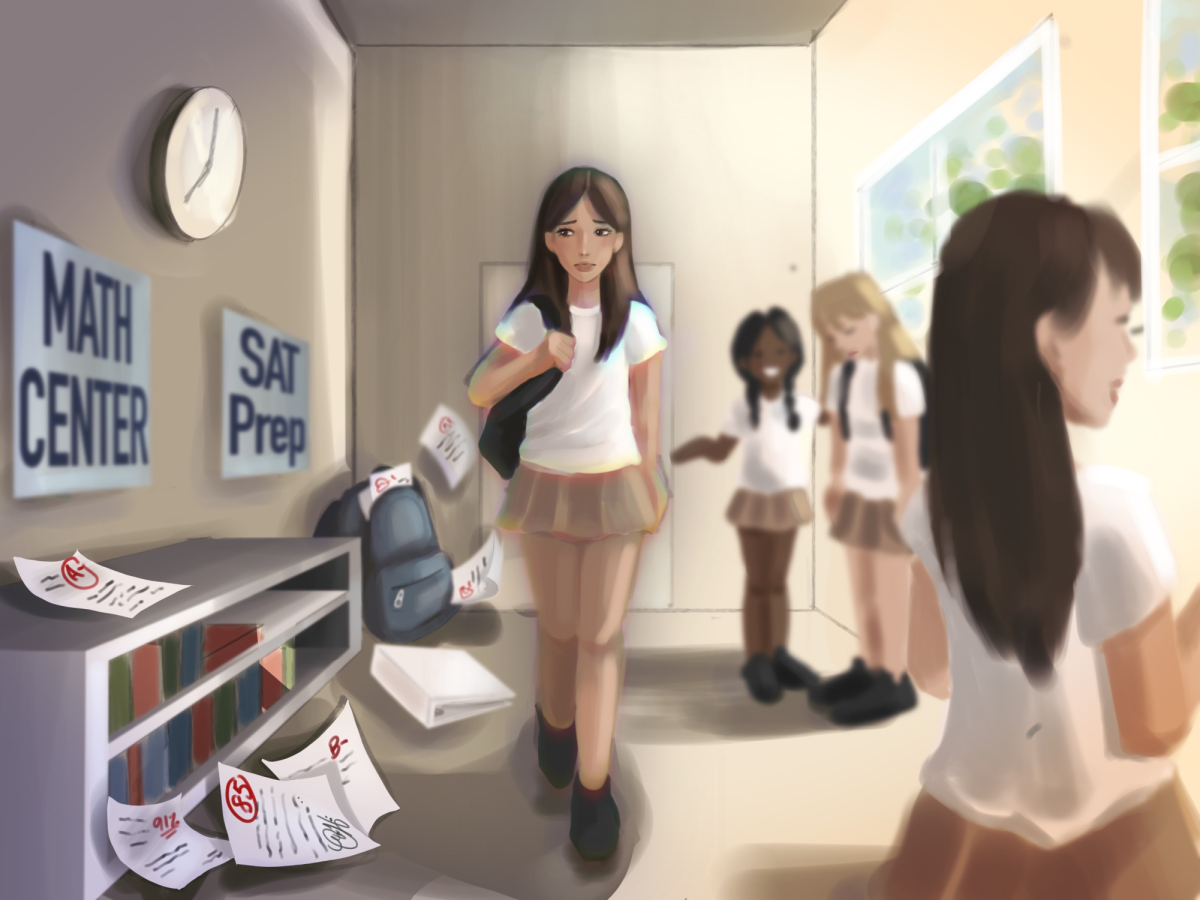
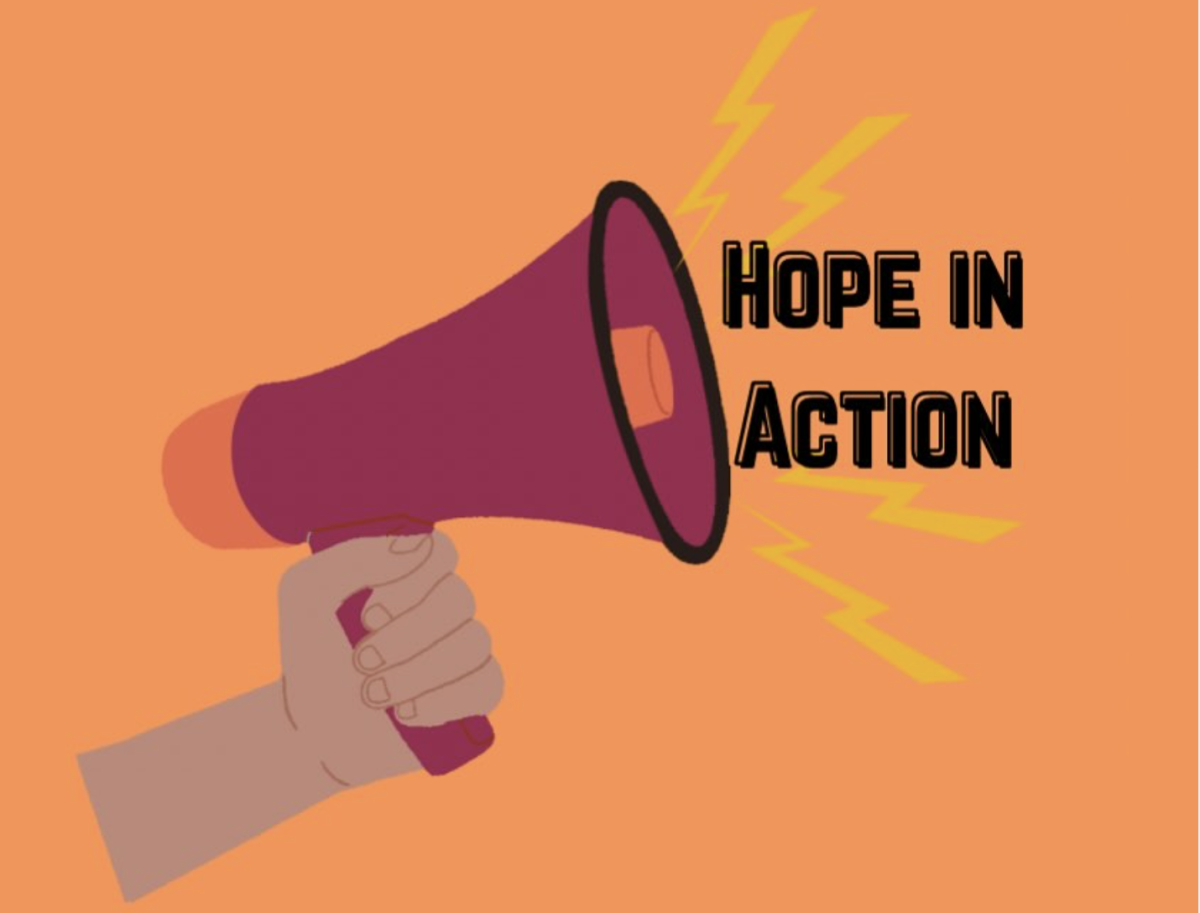
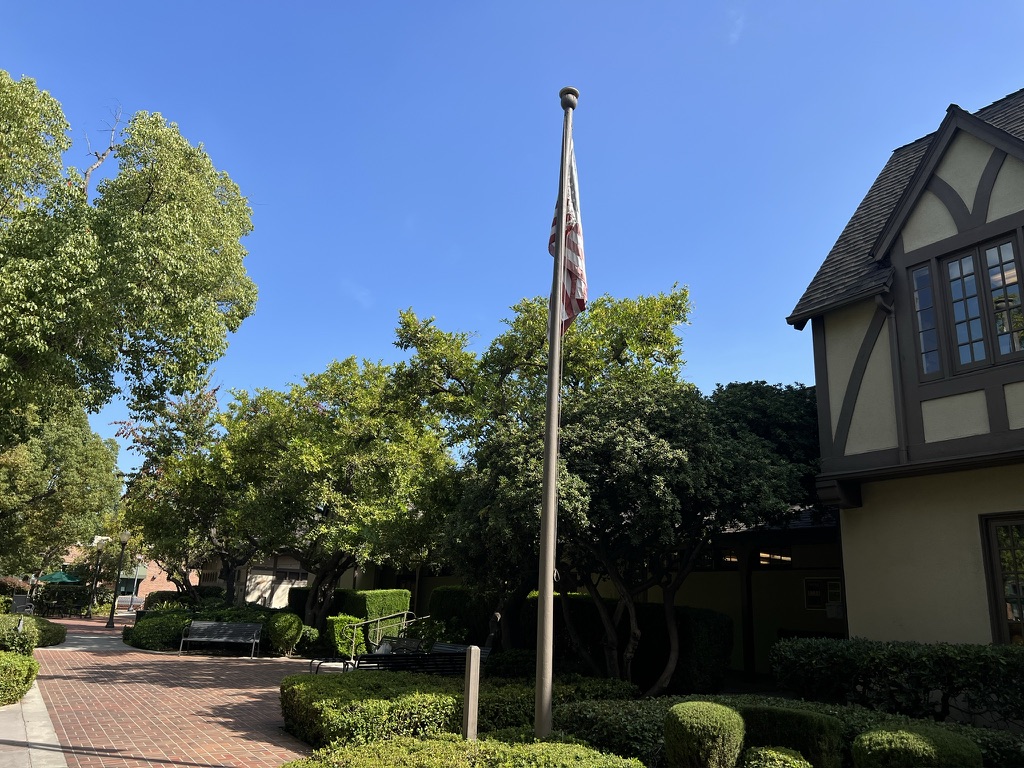

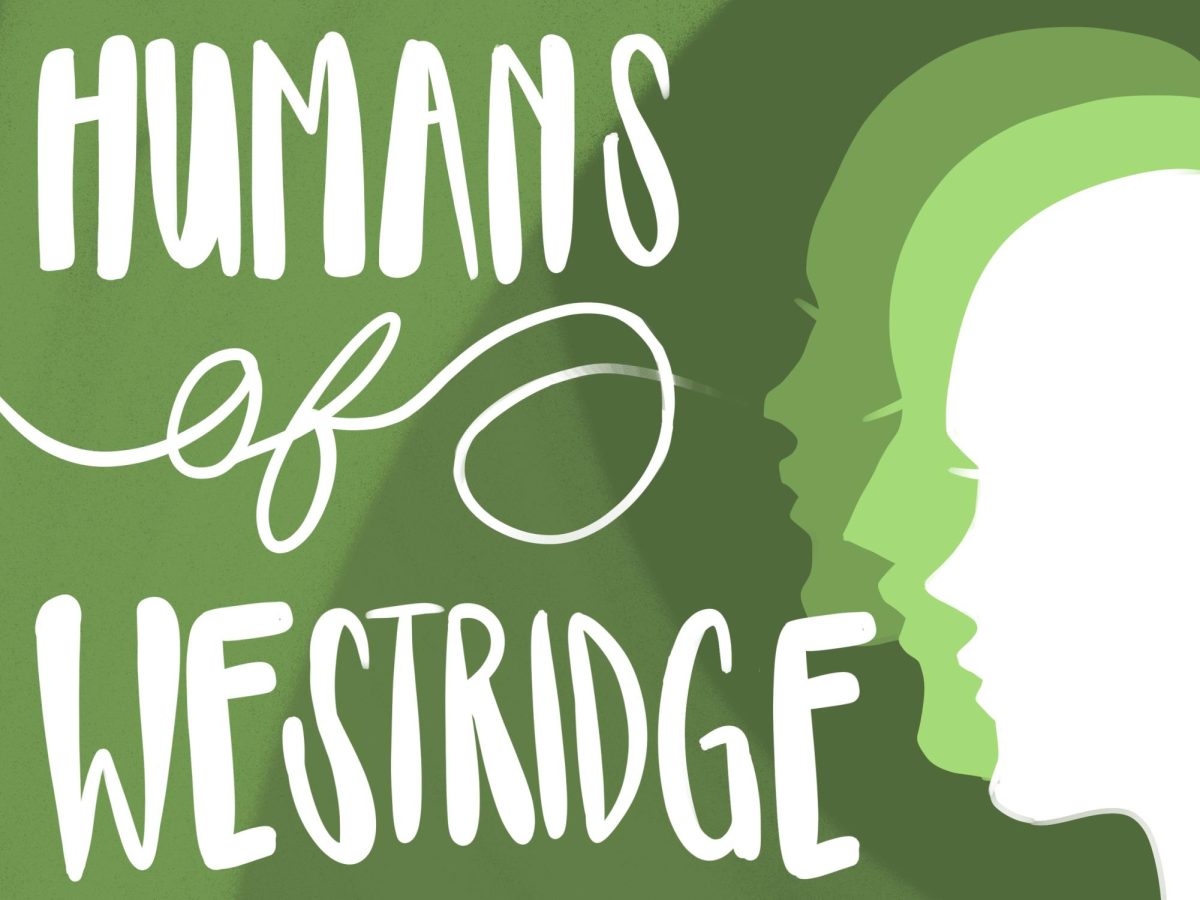



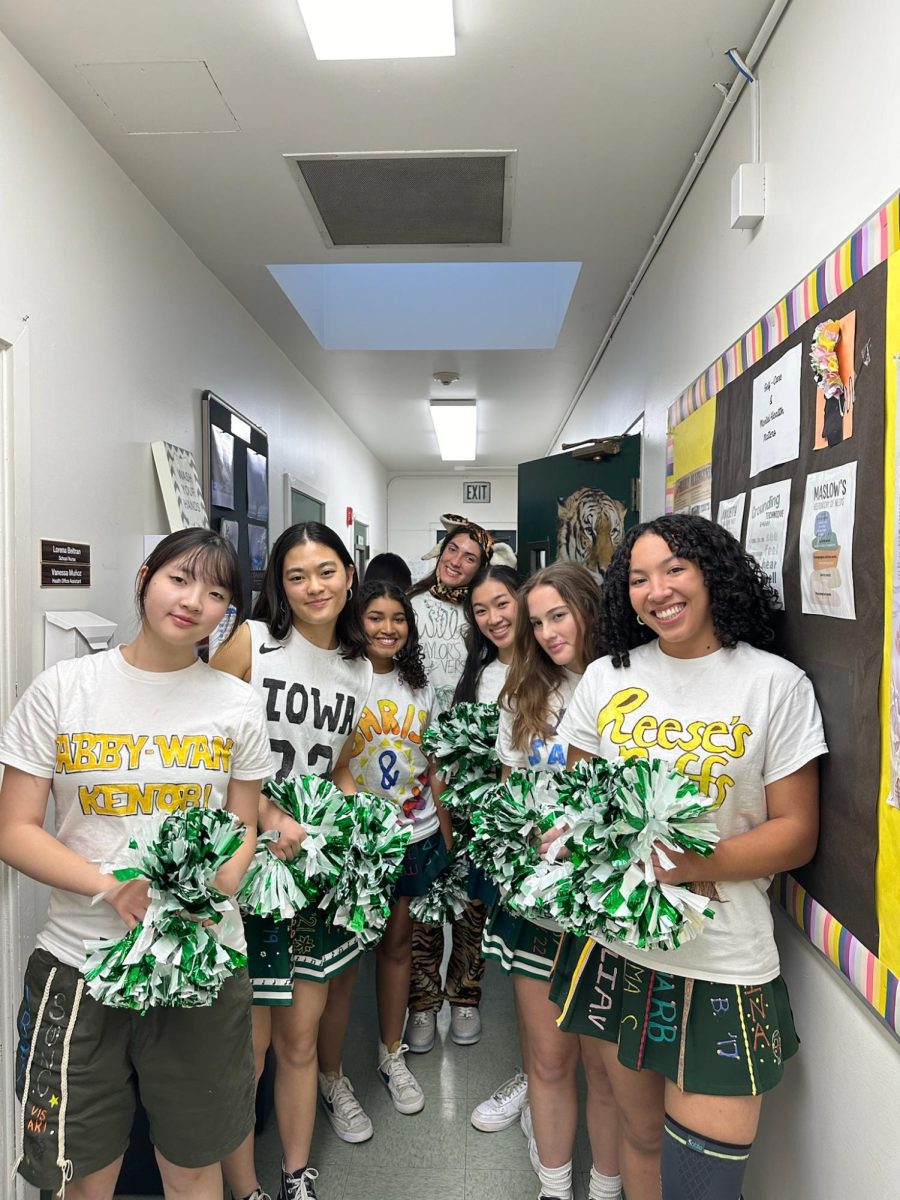
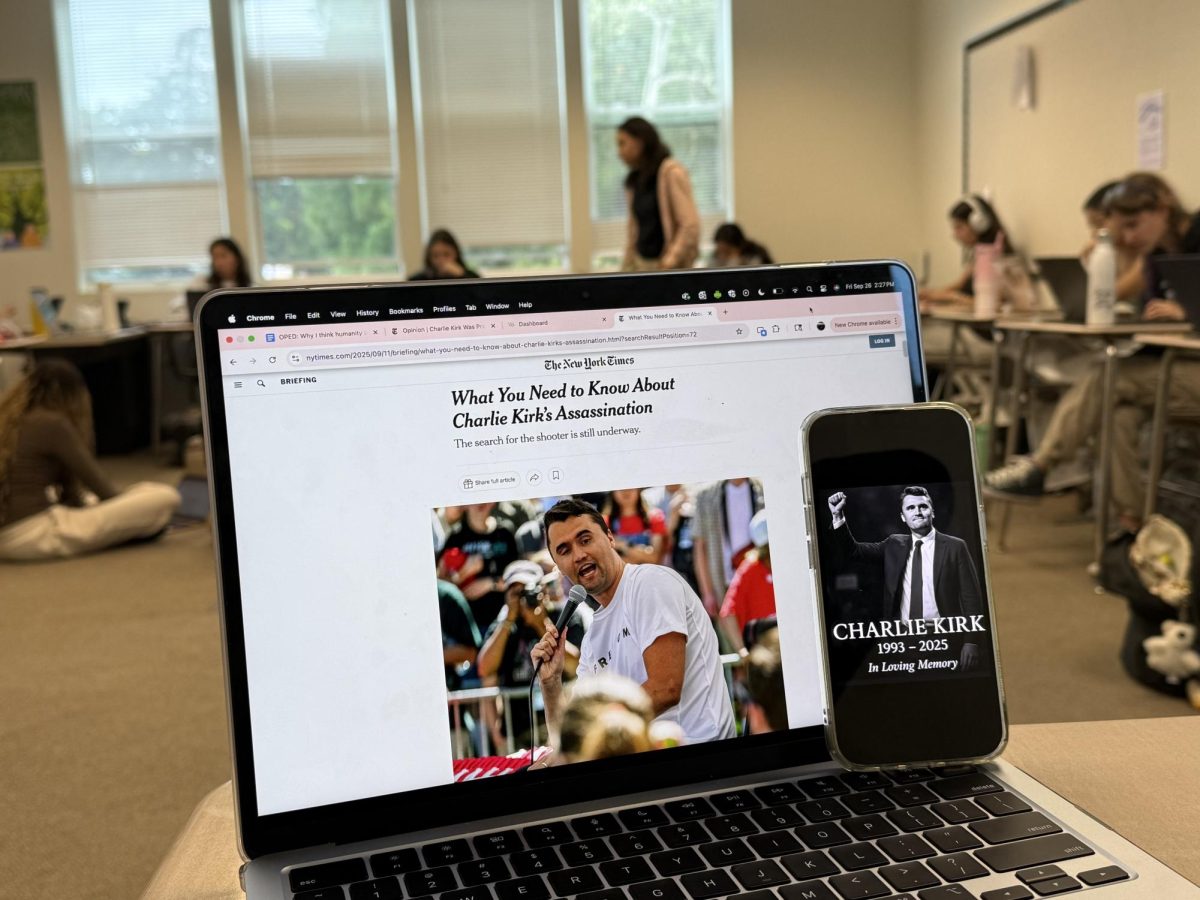

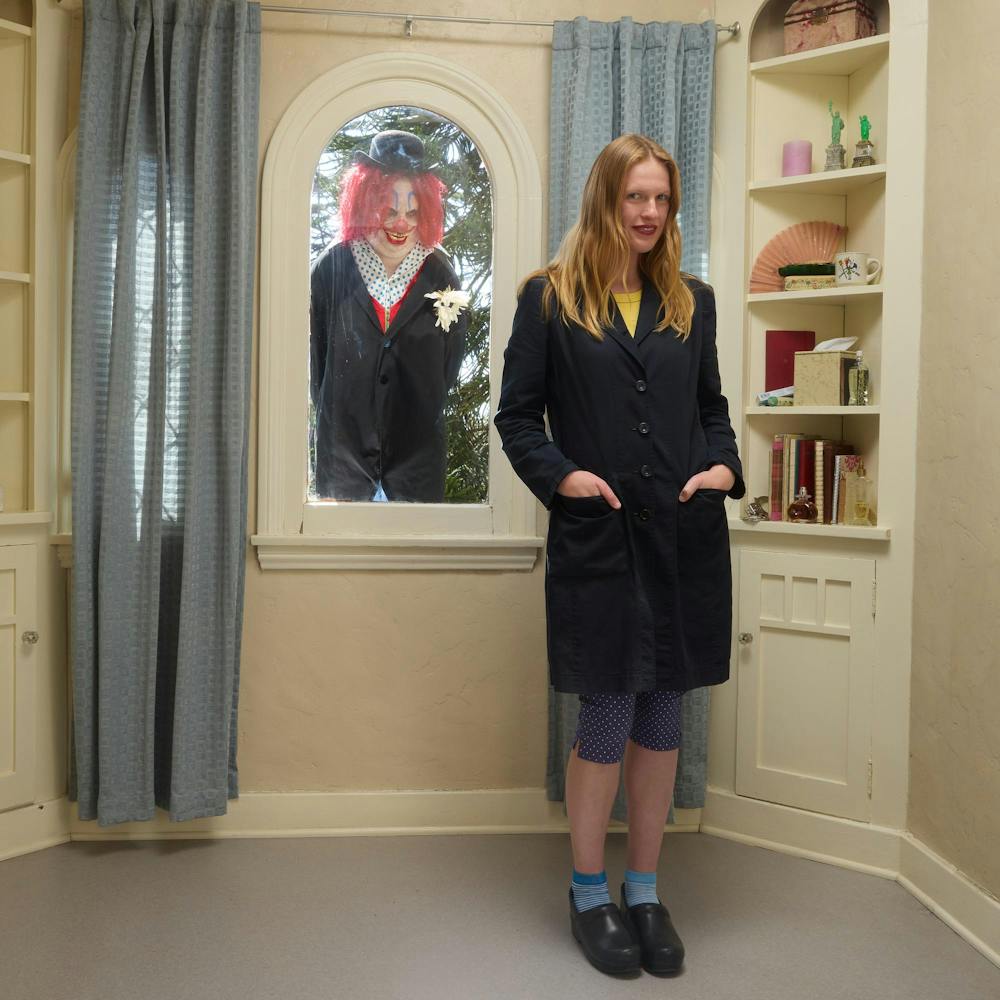
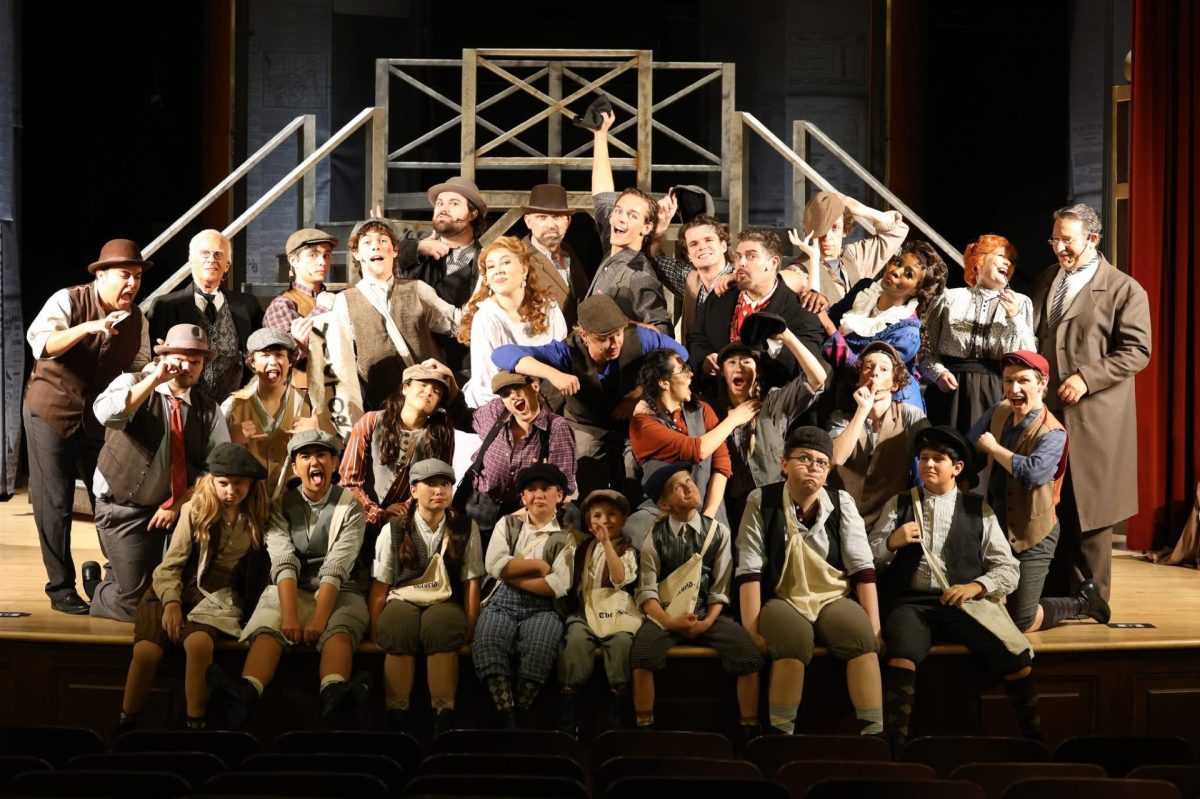
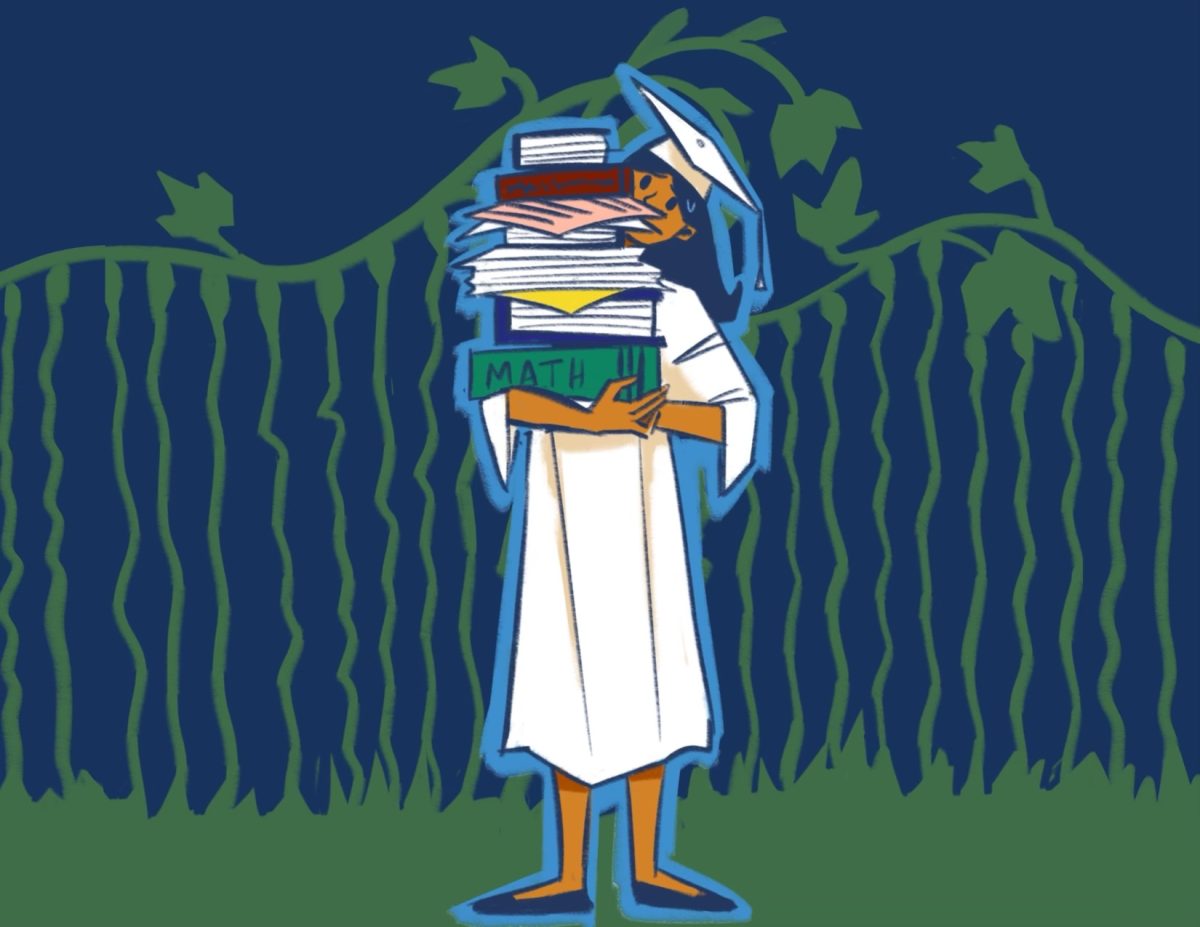

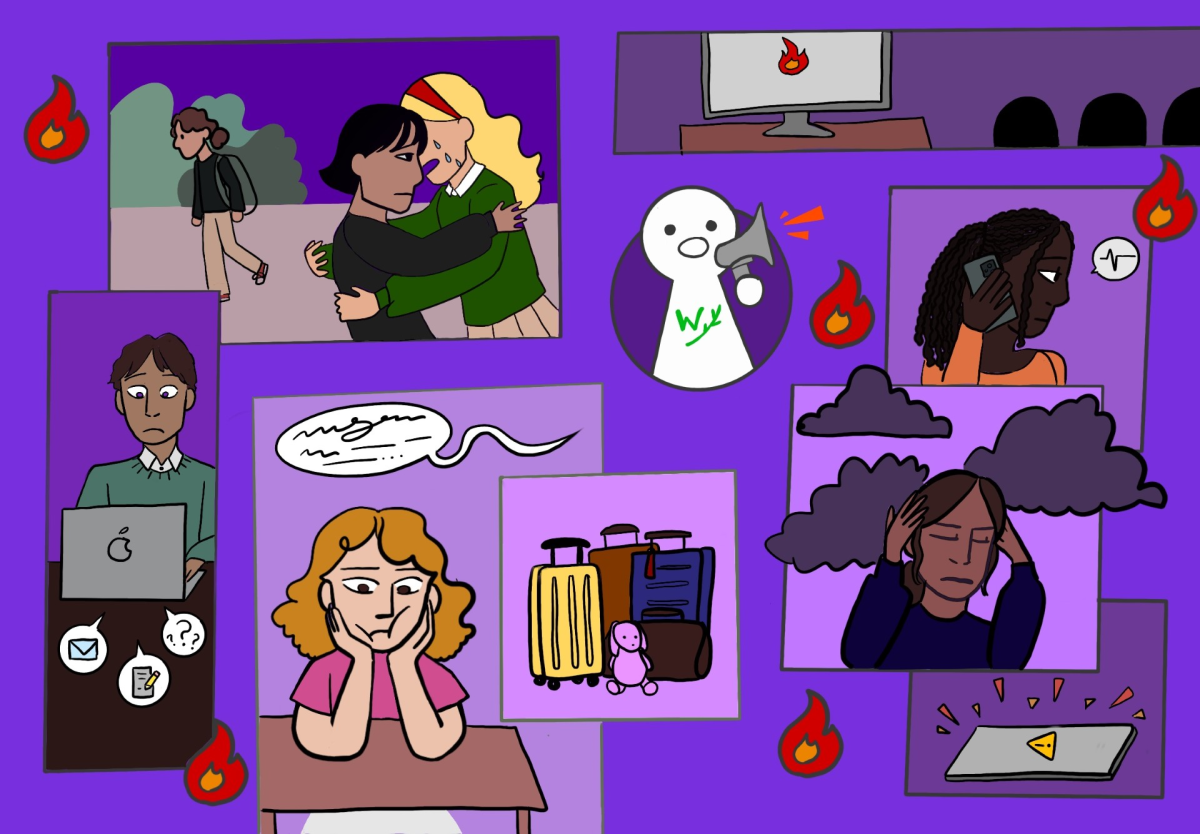

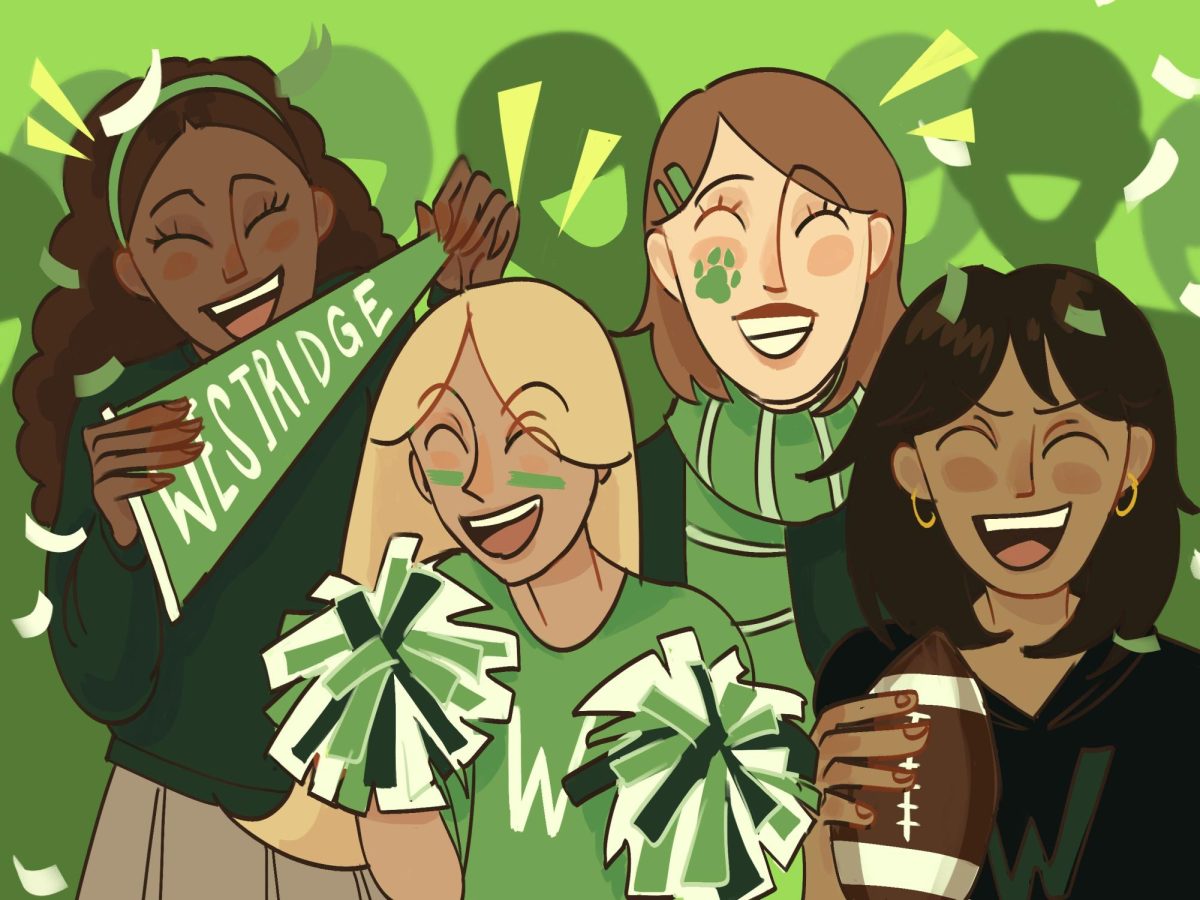
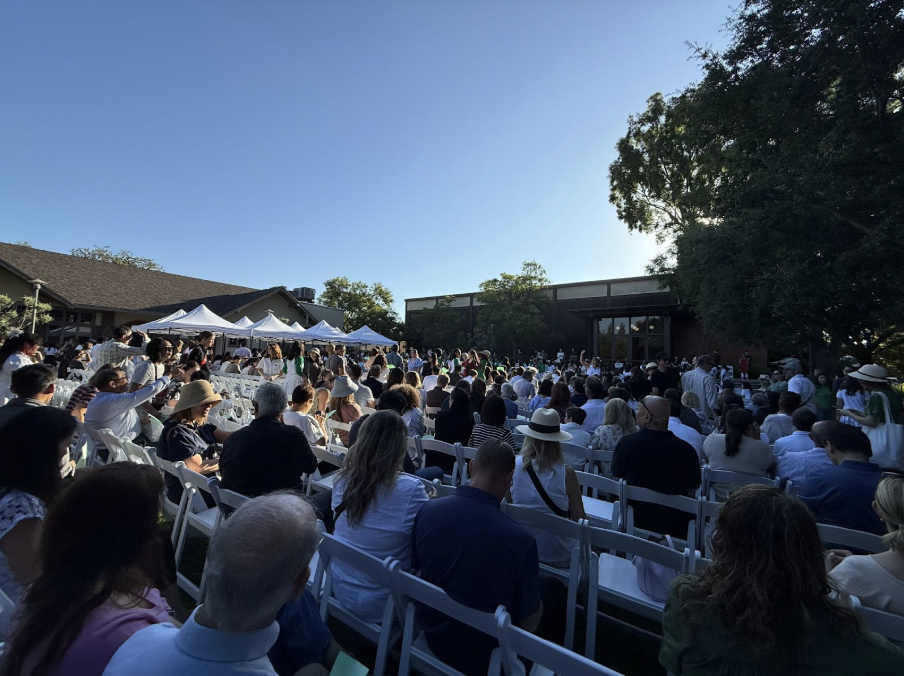
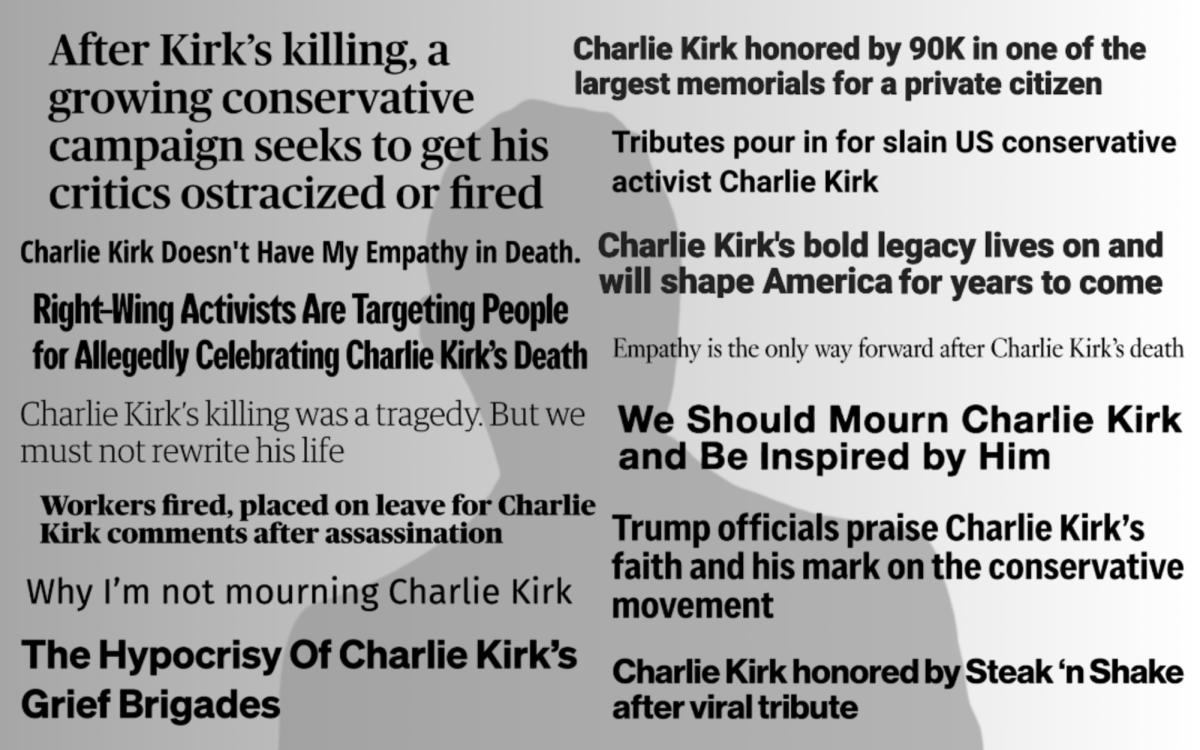
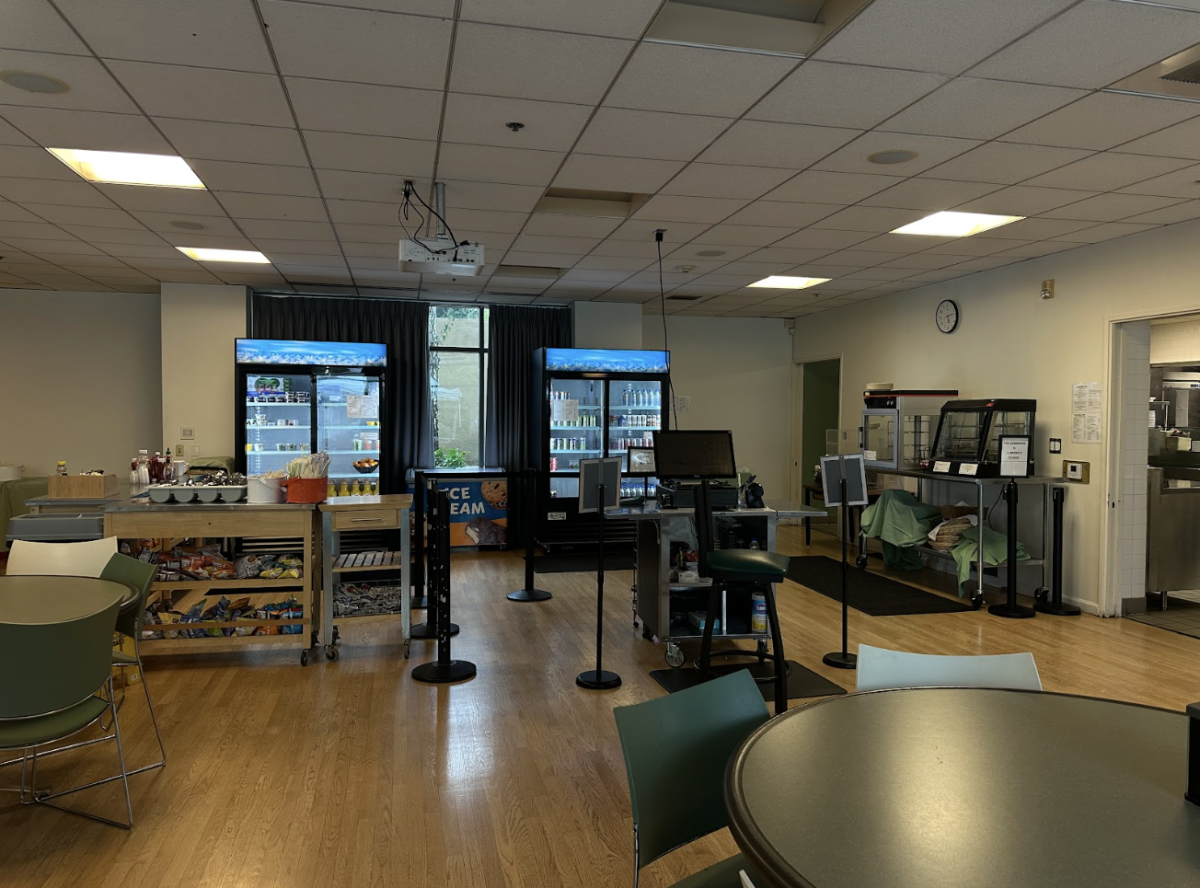


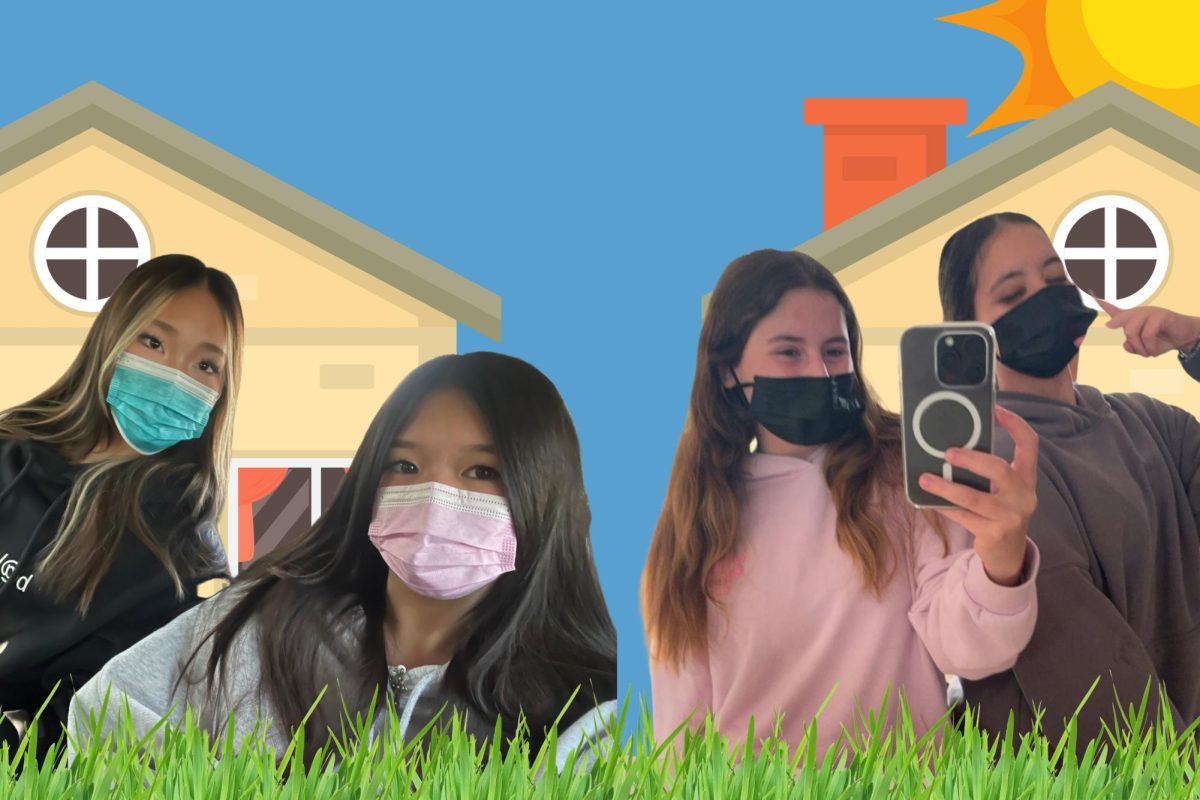
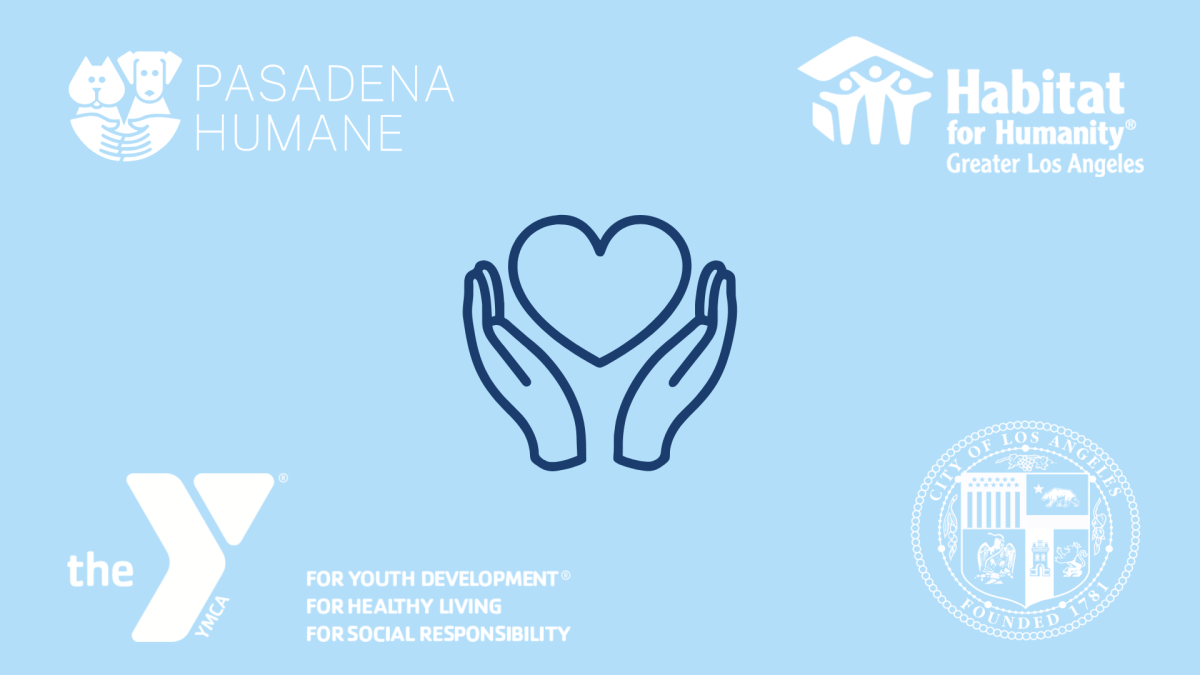
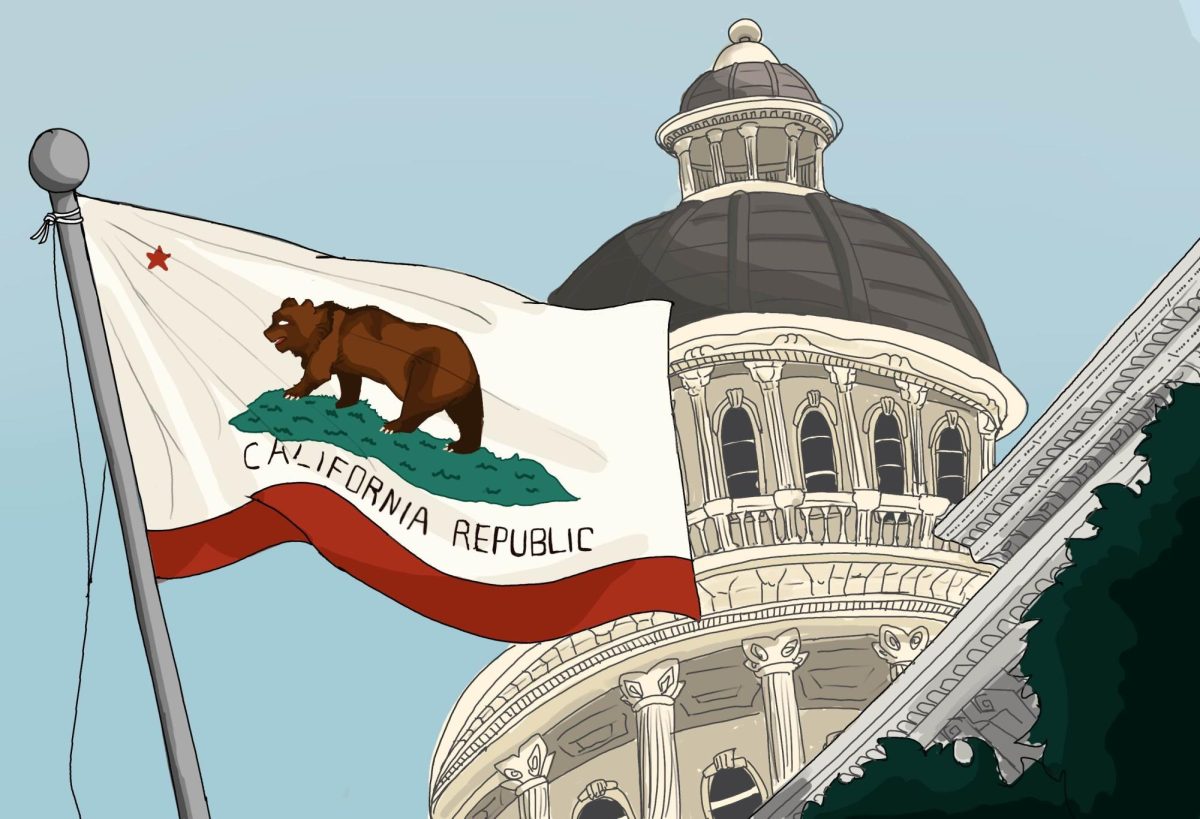
![Dr. Zanita Kelly, Director of Lower and Middle School, pictured above, and the rest of Westridge Administration were instrumental to providing Westridge faculty and staff the support they needed after the Eaton fire. "[Teachers] are part of the community," said Dr. Kelly. "Just like our families and students."](https://westridgespyglass.org/wp-content/uploads/2025/03/dr.-kellyyy-1-e1748143600809.png)
